Explore how machine learning is revolutionizing financial forecasting, enhancing accuracy and enabling real-time insights....
Discover how AI applications are transforming financial forecasting, enhancing accuracy and strategic decision-making in the financial secto...
Top News
News
Explore how Artificial Intelligence is transforming healthcare by enhancing diagnostic accuracy and personalizing treatment plans.
Tuesday, 22 April 2025
Read more
-
The Shift in AI Ethics: A Crucial Discussion in Modern Technology
Tuesday, 22 April 2025
-
AI-Powered Sustainability: Transforming Renewable Energy Management
Tuesday, 22 April 2025
-
Revolutionizing Retail: AI Takes Center Stage in Enhancing Customer Experience
Tuesday, 22 April 2025
-
Transforming Diagnostics: AI's Role in Revolutionizing Healthcare
Tuesday, 22 April 2025
Big data applications
Discover how AI applications are transforming financial forecasting, enhancing accuracy and strategic decision-making in the financial sector.
Sunday, 29 June 2025
Read more
-
Navigating AI in Finance: Transformations and Challenges
Sunday, 29 June 2025
-
The Rise of AI-Driven Healthcare: Revolutionizing Patient Interactions and Diagnoses
Sunday, 22 June 2025
-
Emerging Trends in AI Applications: Transforming Industries Today
Sunday, 22 June 2025
-
How AI is Revolutionizing Customer Service in 2023
Sunday, 22 June 2025
Popular Articles
- Most read















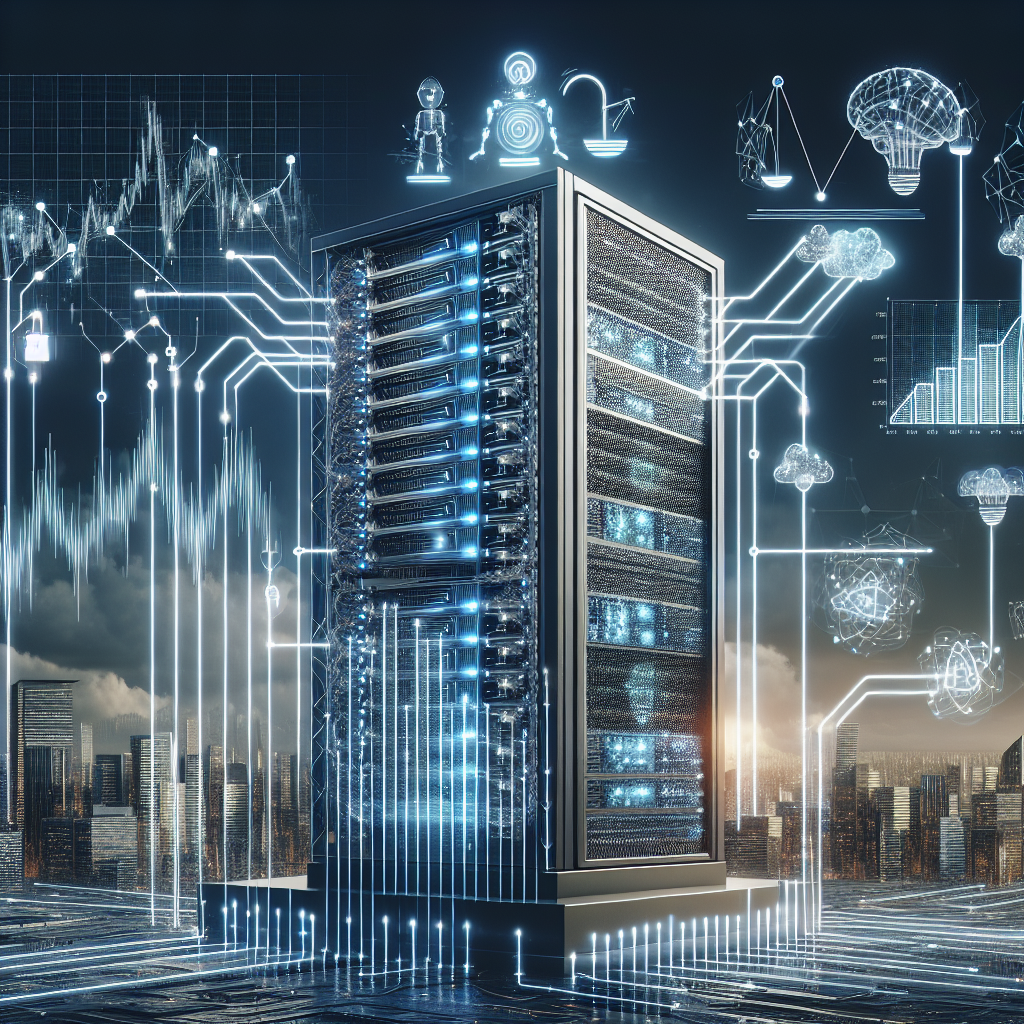
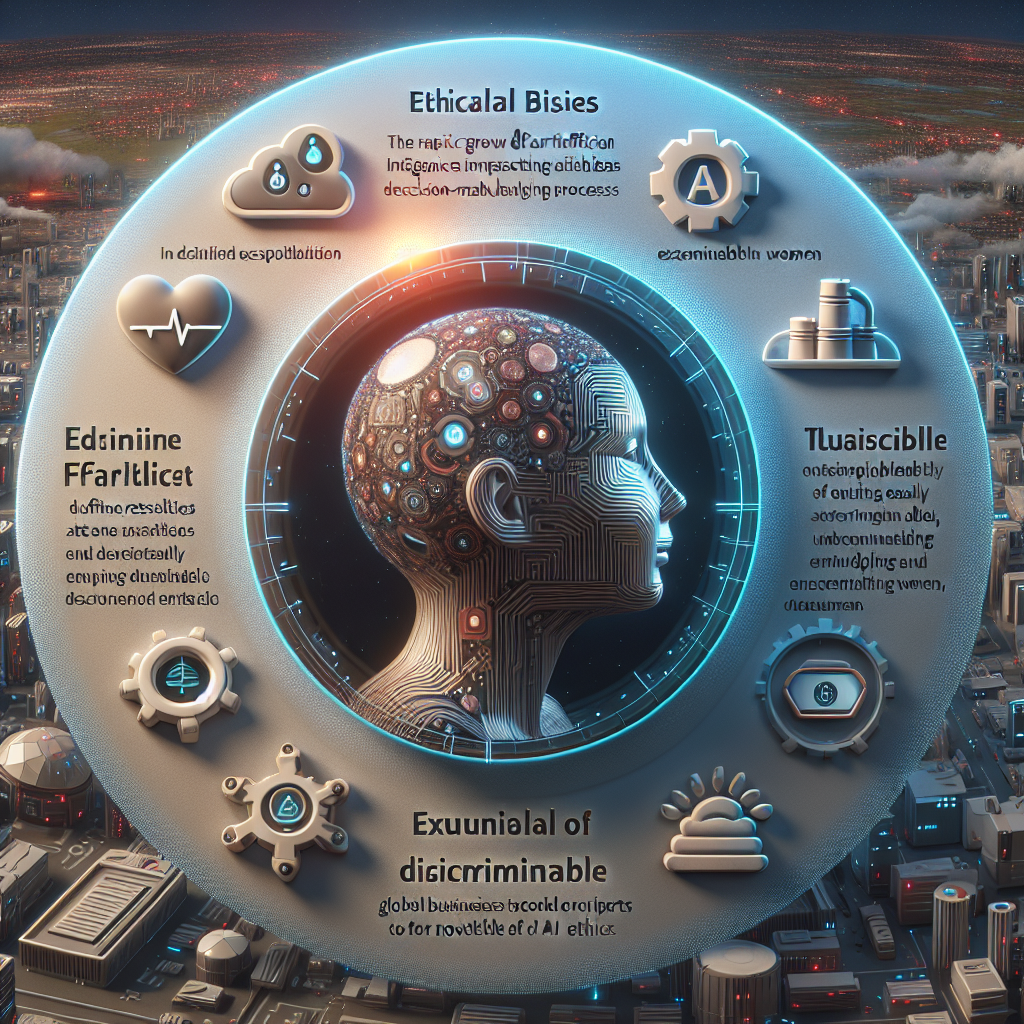
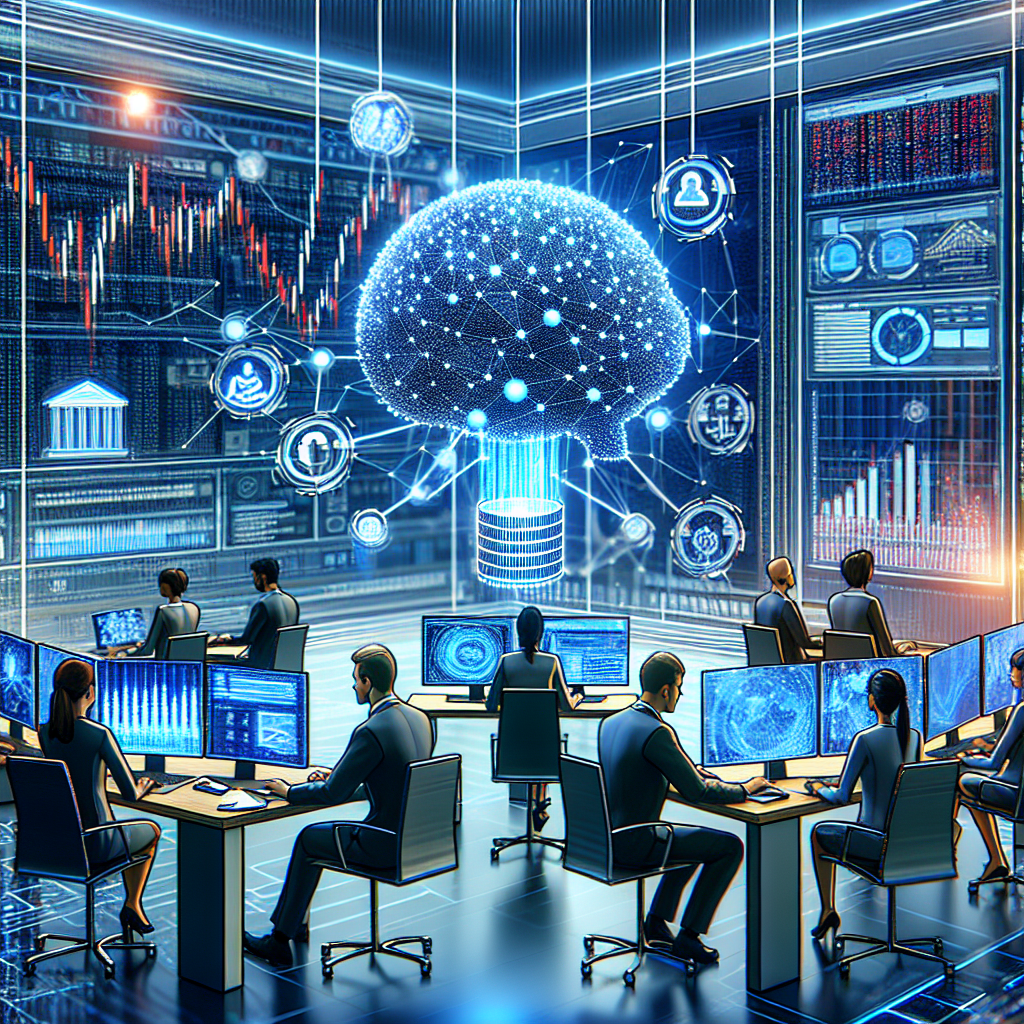
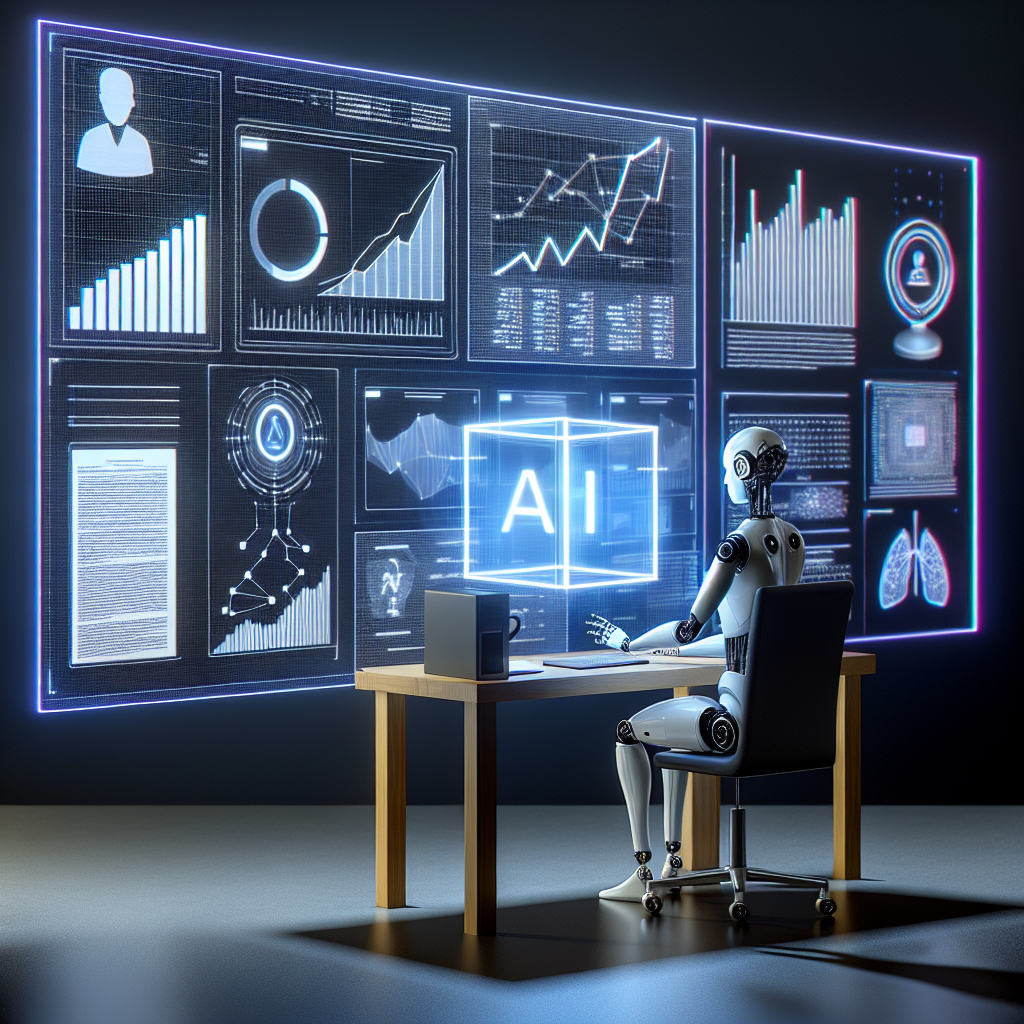

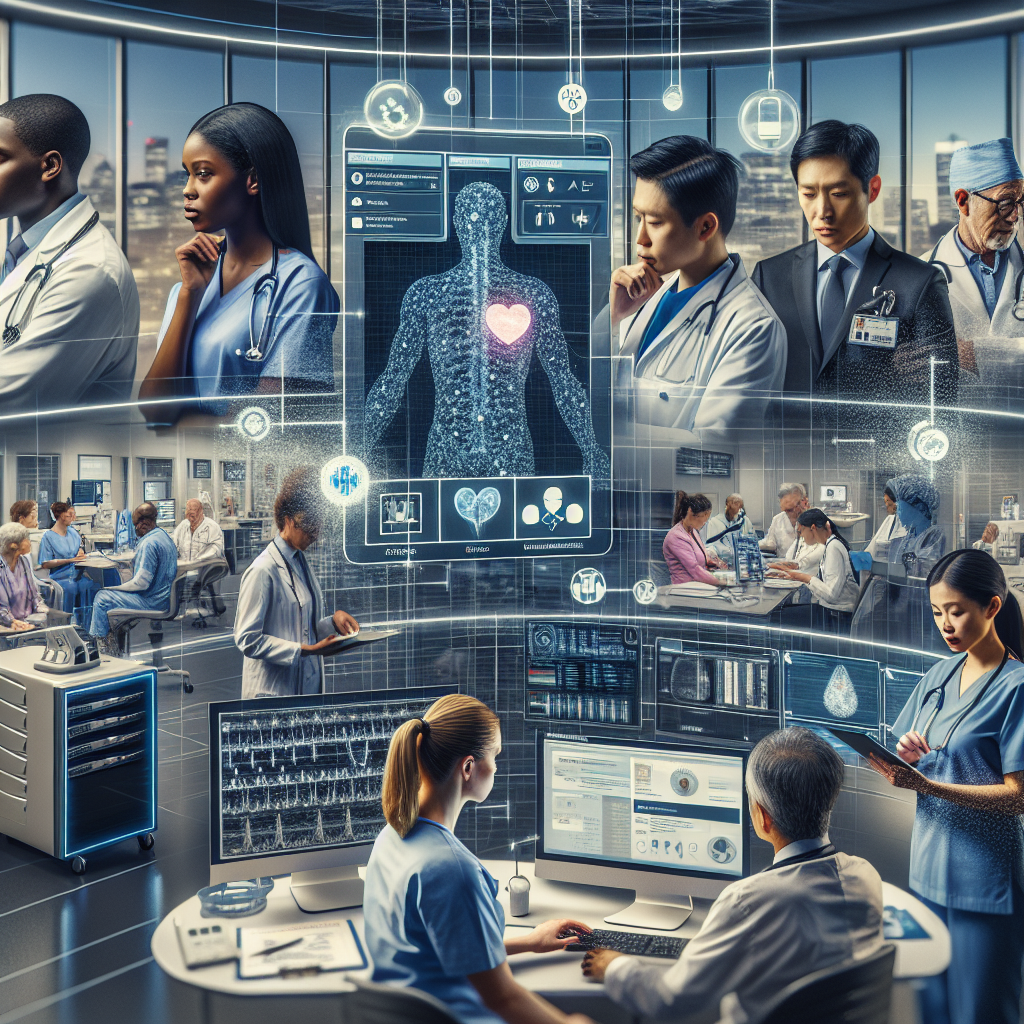
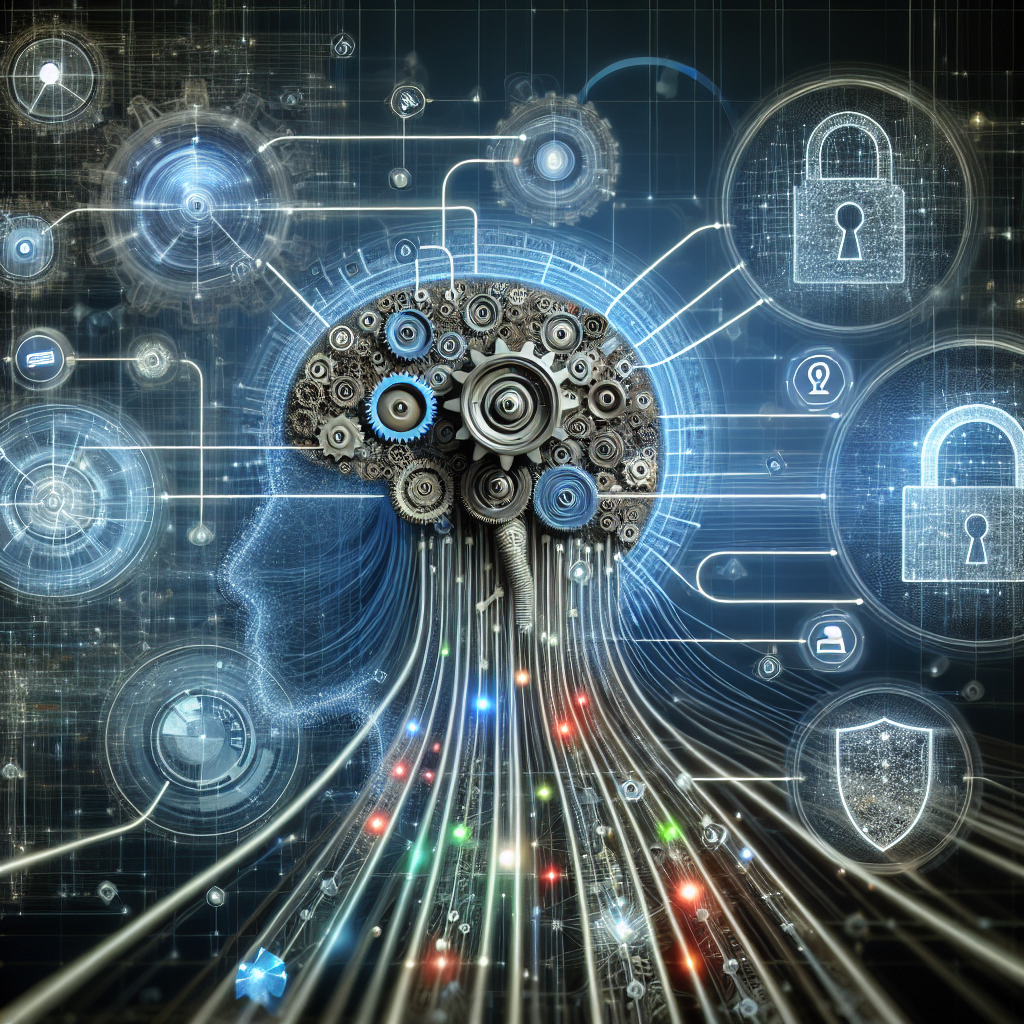
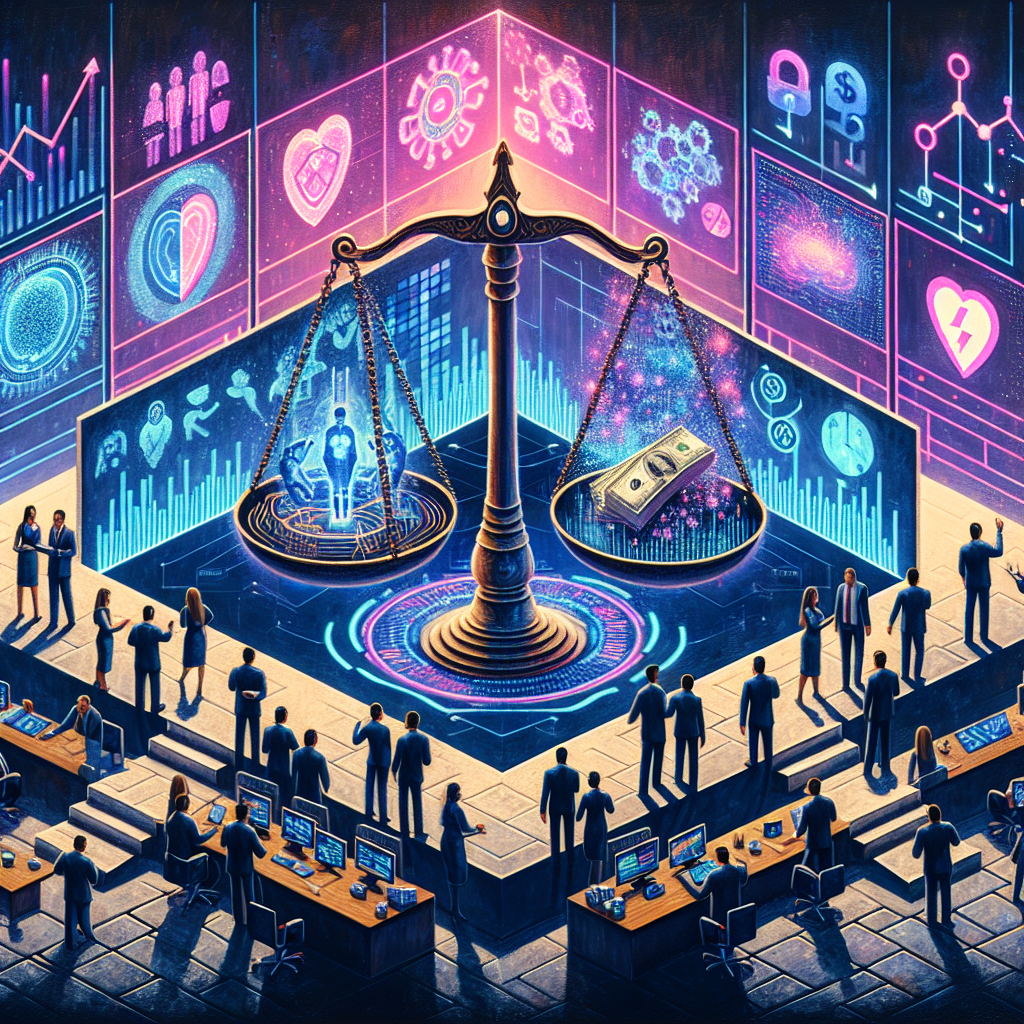
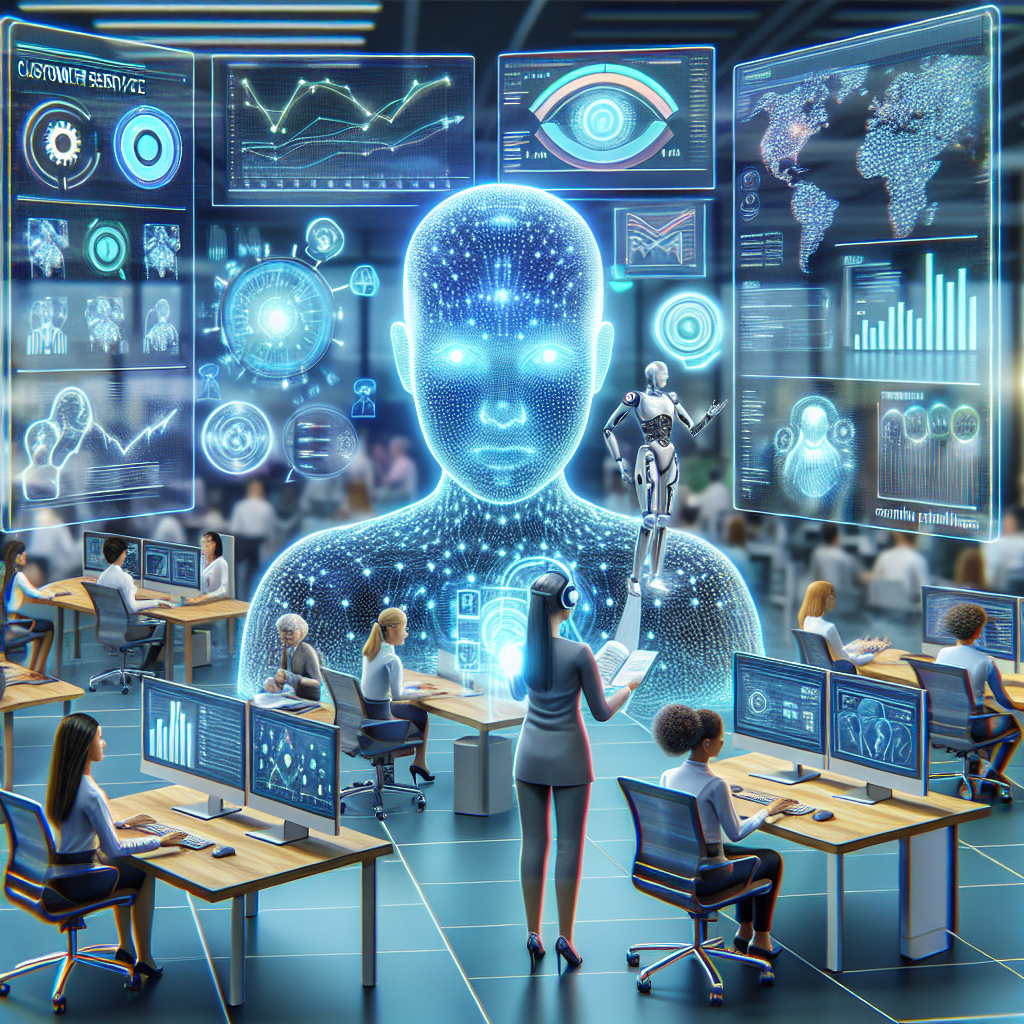
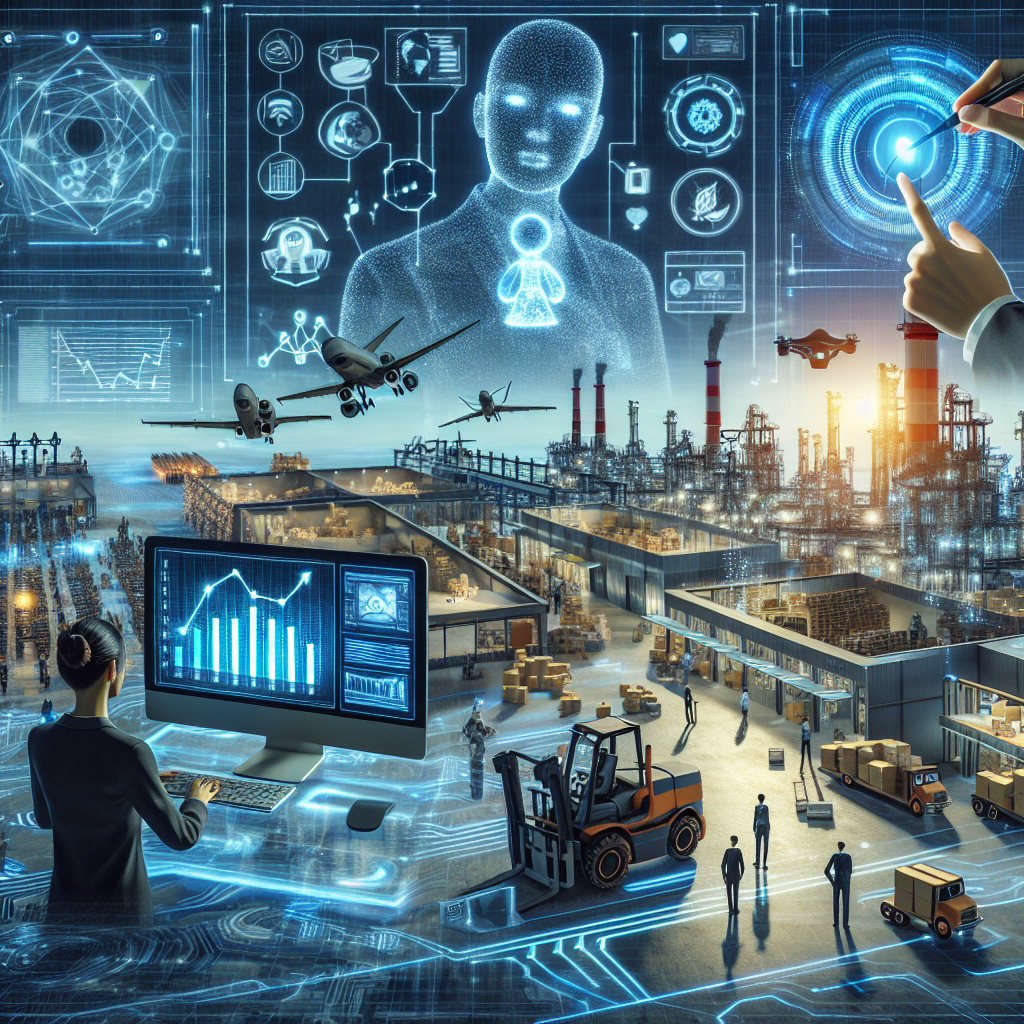
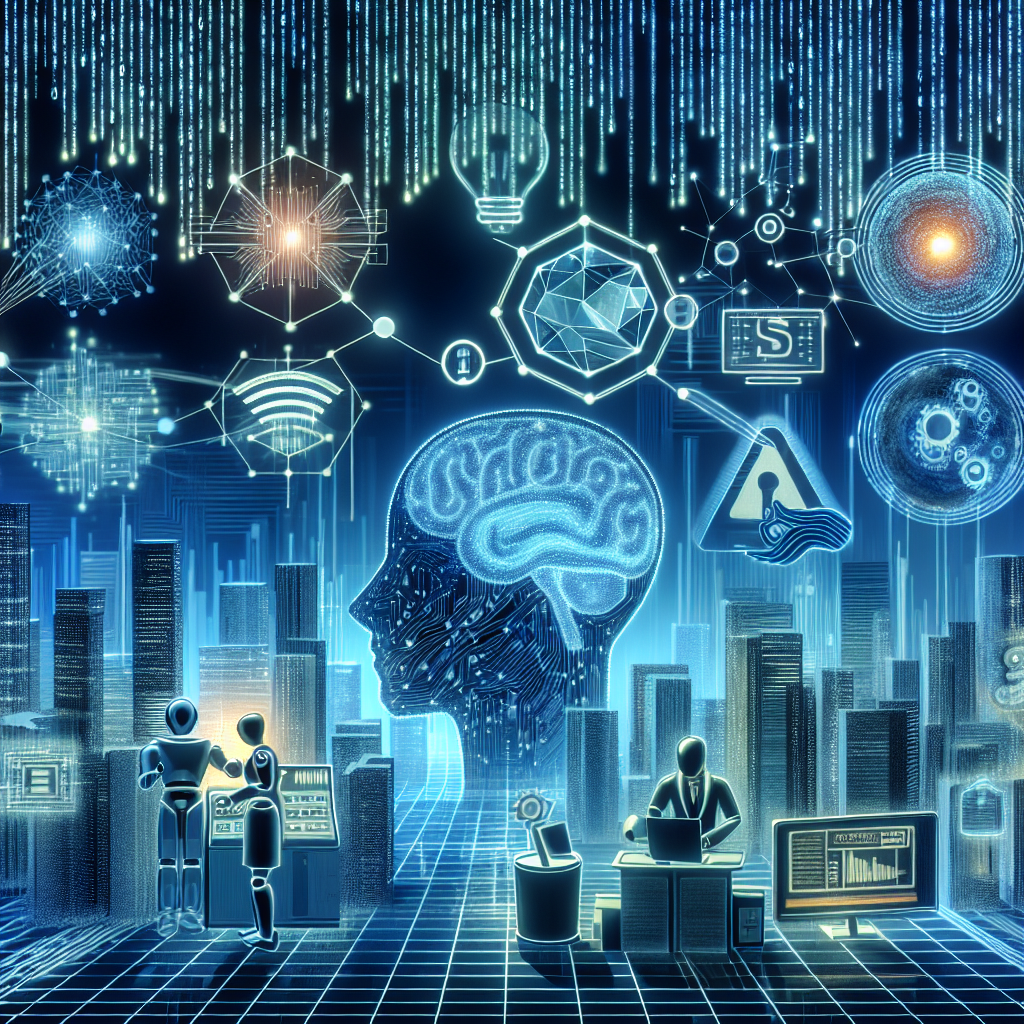
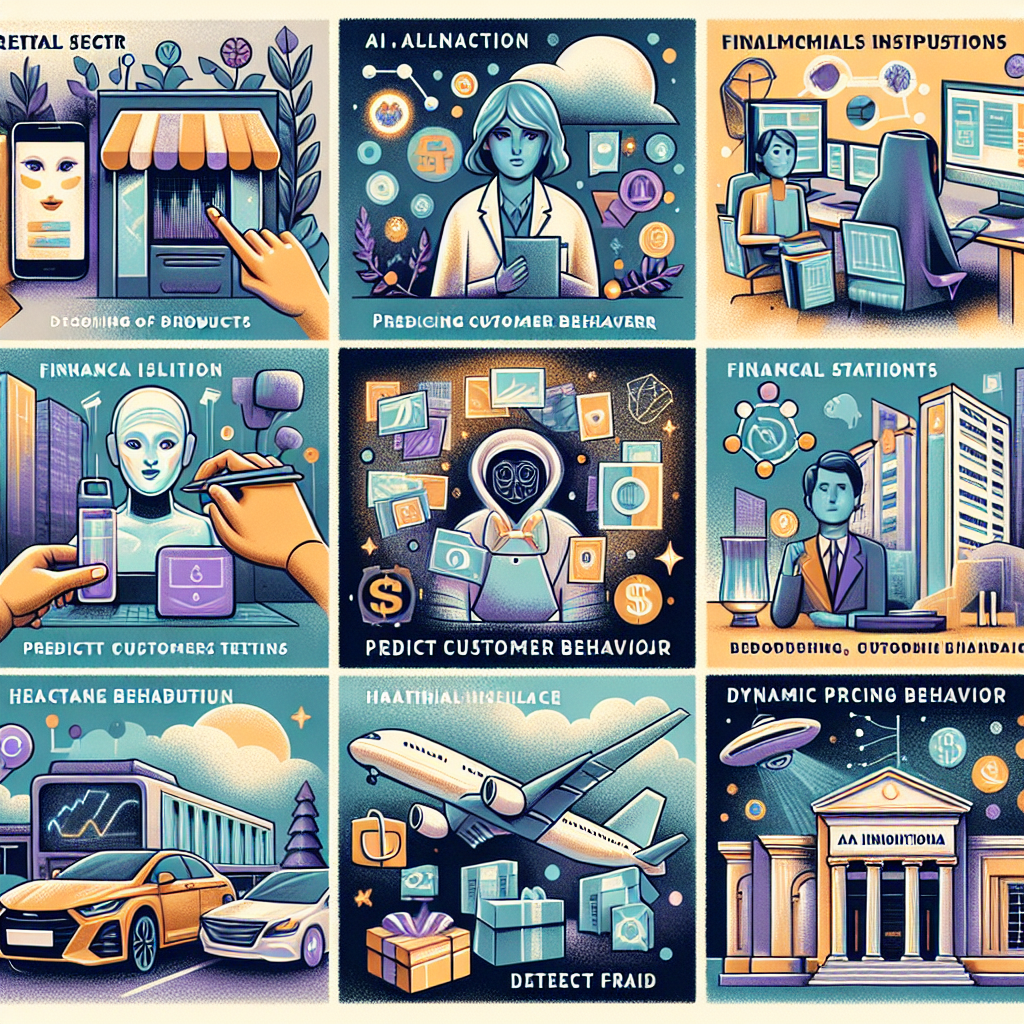


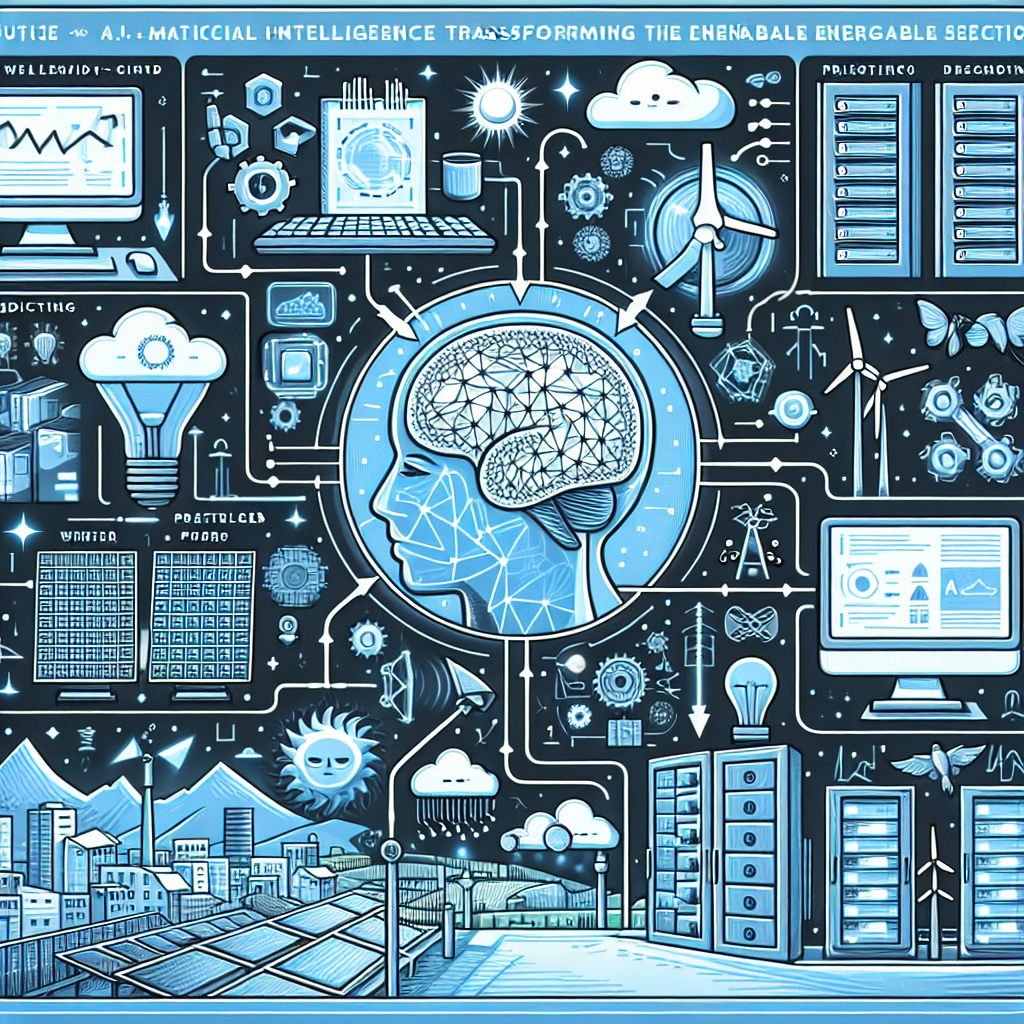
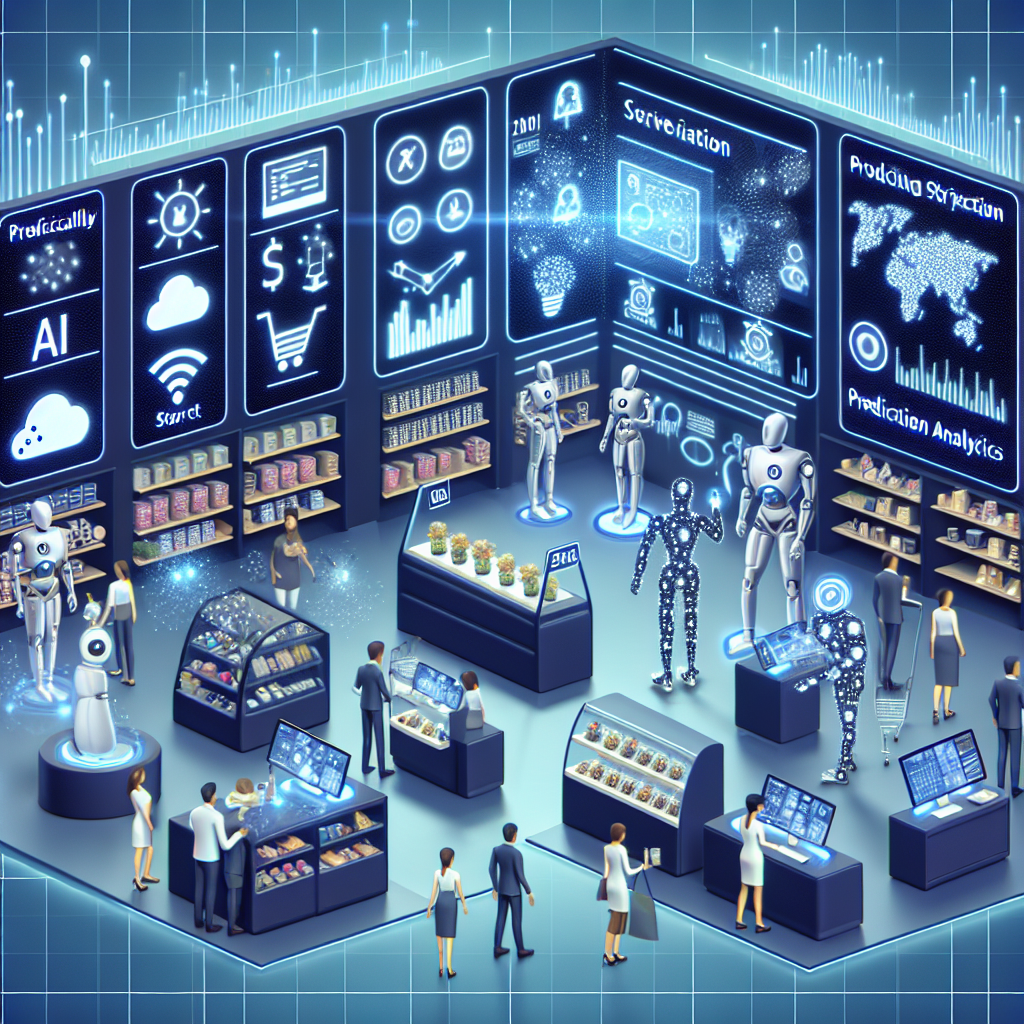
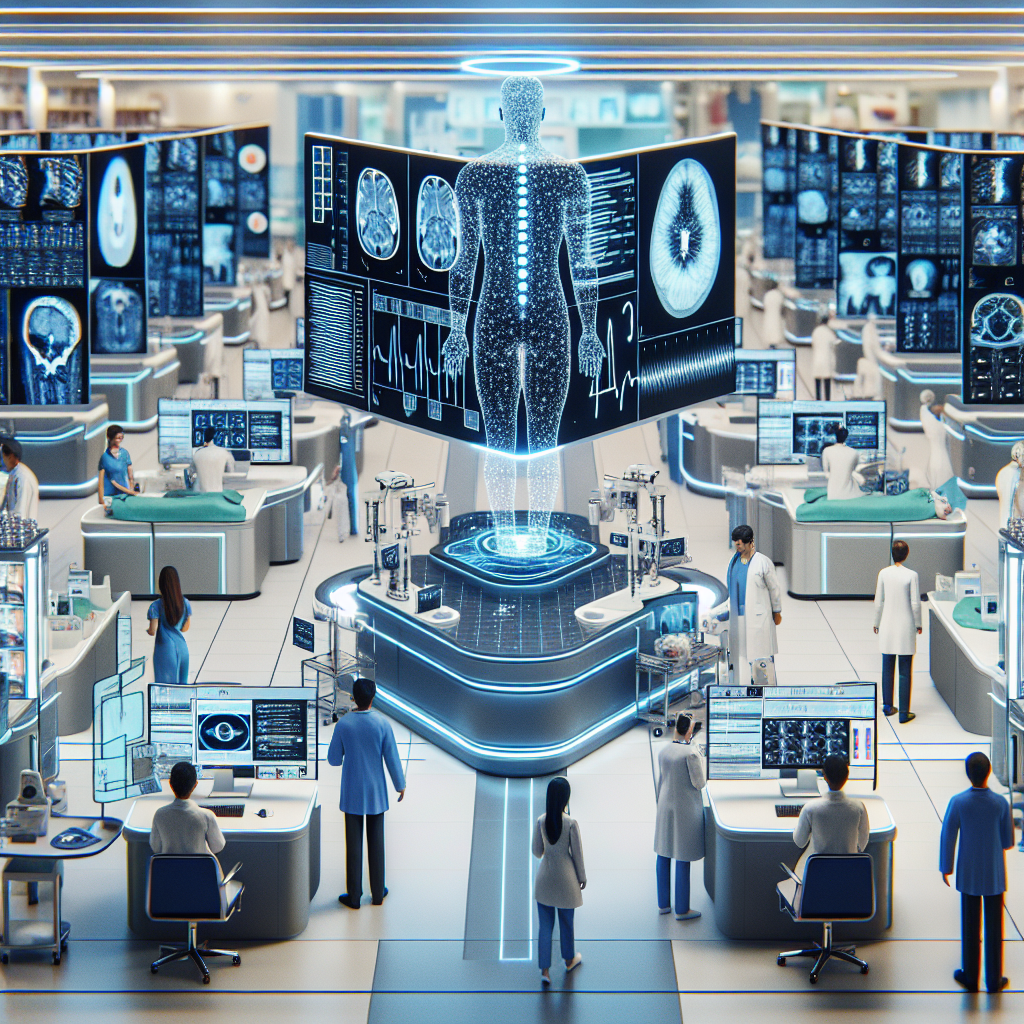
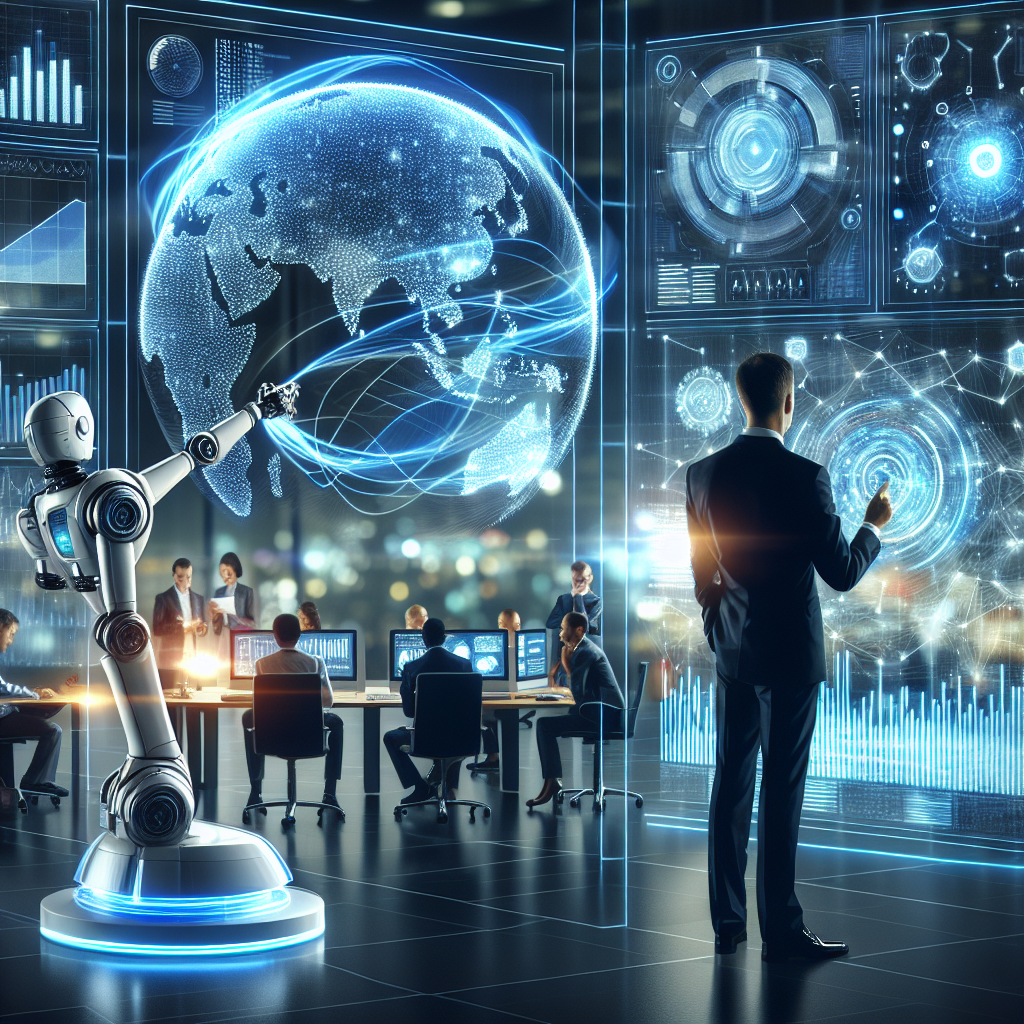 Explore how AI is transforming financial audits in major global firms, enhancing precision and efficiency in the audit process while ensuring compliance and insightful data delivery.
Explore how AI is transforming financial audits in major global firms, enhancing precision and efficiency in the audit process while ensuring compliance and insightful data delivery.
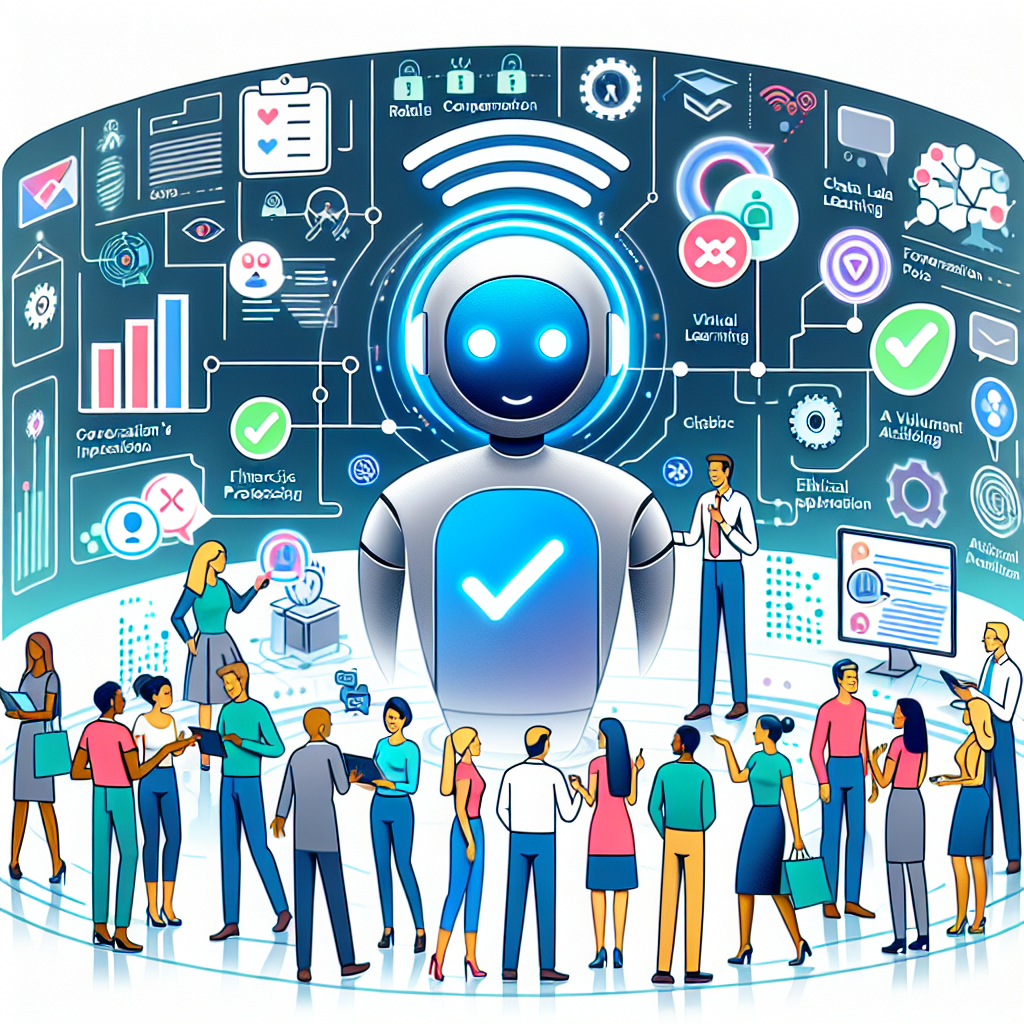 Explore the recent surge in conversational AI applications, revolutionizing customer interactions across industries. Discover how businesses are leveraging chatbots, virtual assistants, and NLP to enhance user experiences and operational efficiencies.
Explore the recent surge in conversational AI applications, revolutionizing customer interactions across industries. Discover how businesses are leveraging chatbots, virtual assistants, and NLP to enhance user experiences and operational efficiencies.
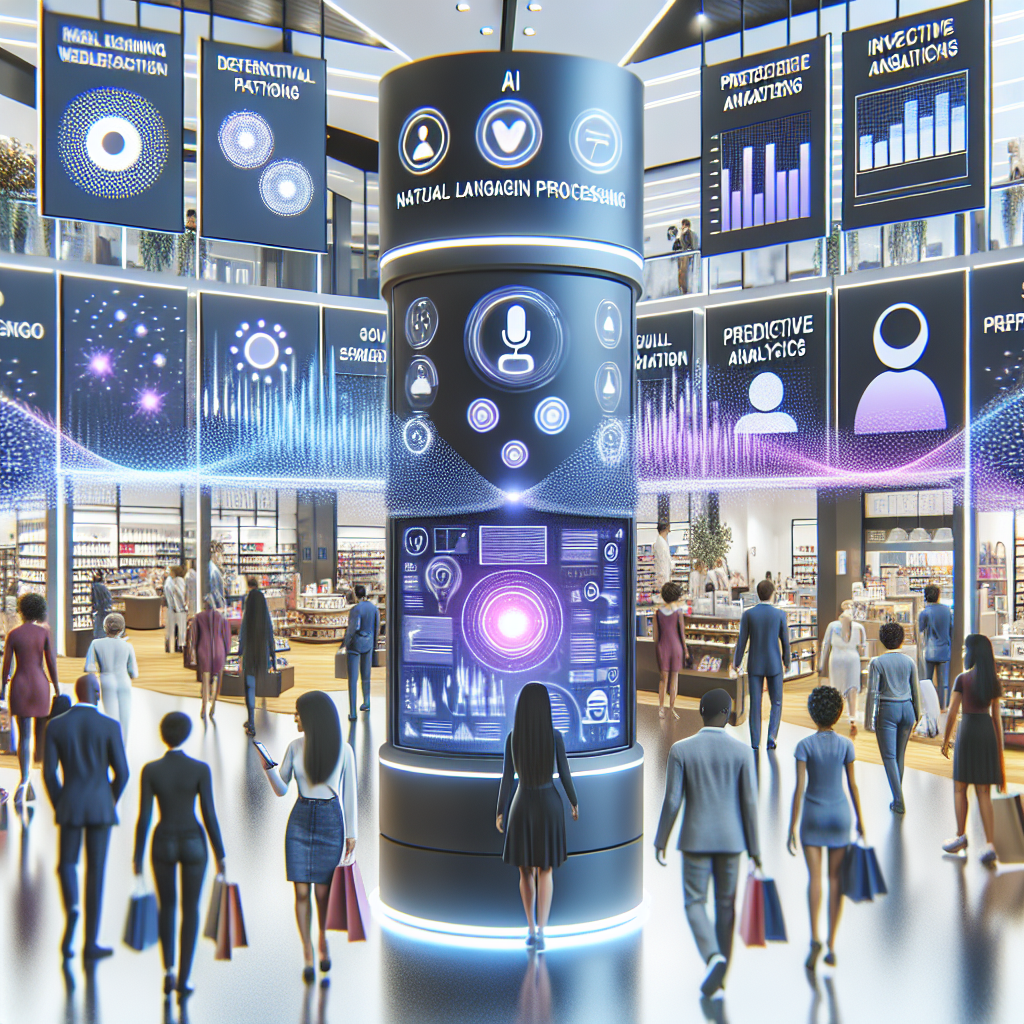 Discover how AI-powered chatbots are transforming the retail industry by enhancing customer interaction and driving sales through advanced technology.
Discover how AI-powered chatbots are transforming the retail industry by enhancing customer interaction and driving sales through advanced technology.
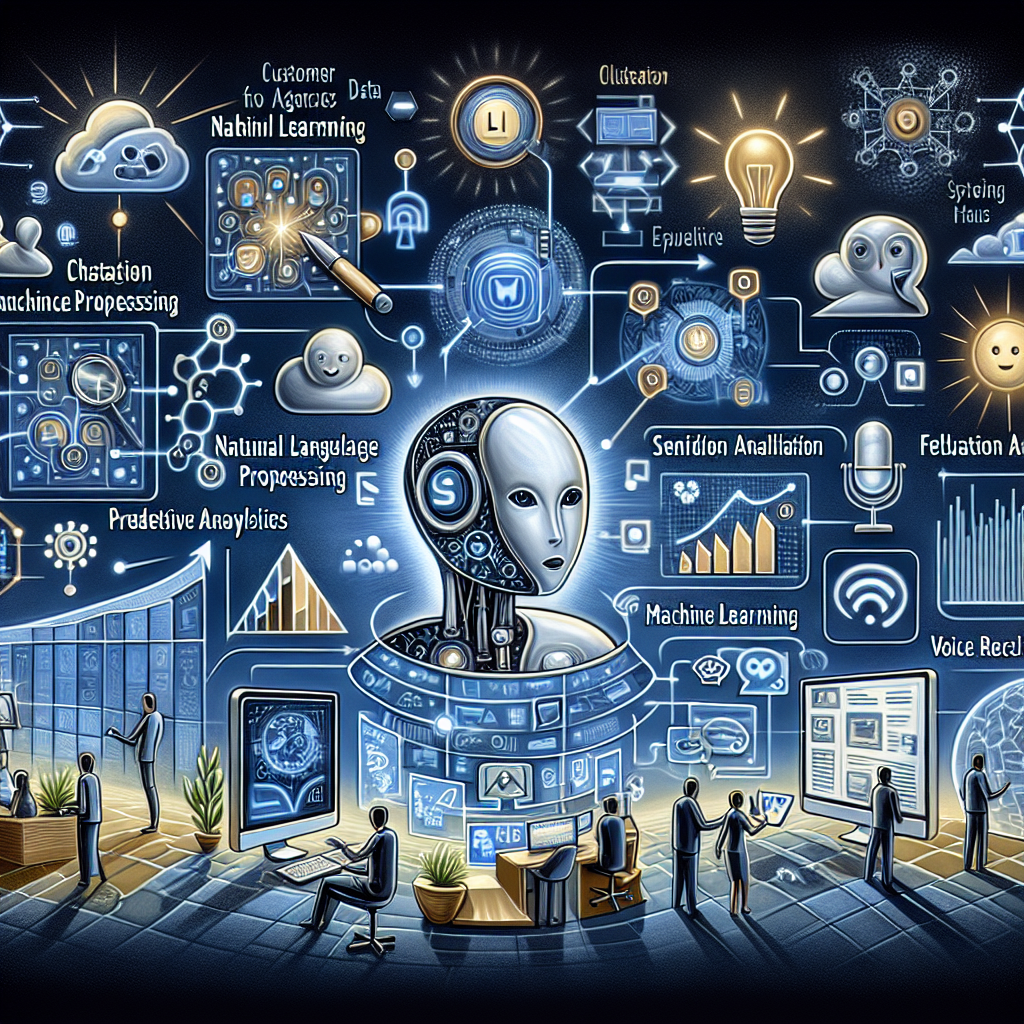 Explore how AI-powered customer service tools are reshaping customer interactions, featuring insights from Deloitte, PWC, EY, and KPMG, and offering strategies for successful integration.
Explore how AI-powered customer service tools are reshaping customer interactions, featuring insights from Deloitte, PWC, EY, and KPMG, and offering strategies for successful integration.
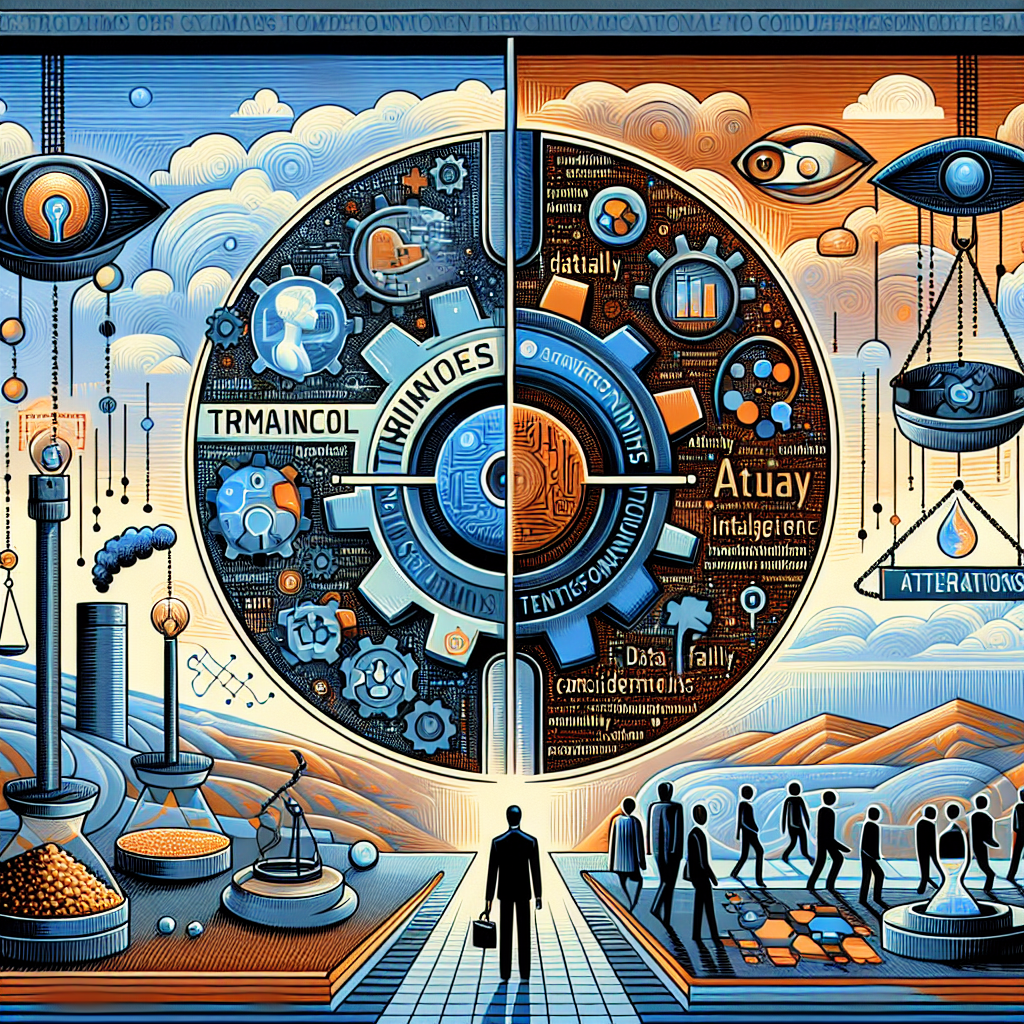 Explore recent advancements in natural language processing techniques, focusing on transformer models, ethical AI, and the integration of NLP in healthcare services.
Explore recent advancements in natural language processing techniques, focusing on transformer models, ethical AI, and the integration of NLP in healthcare services.
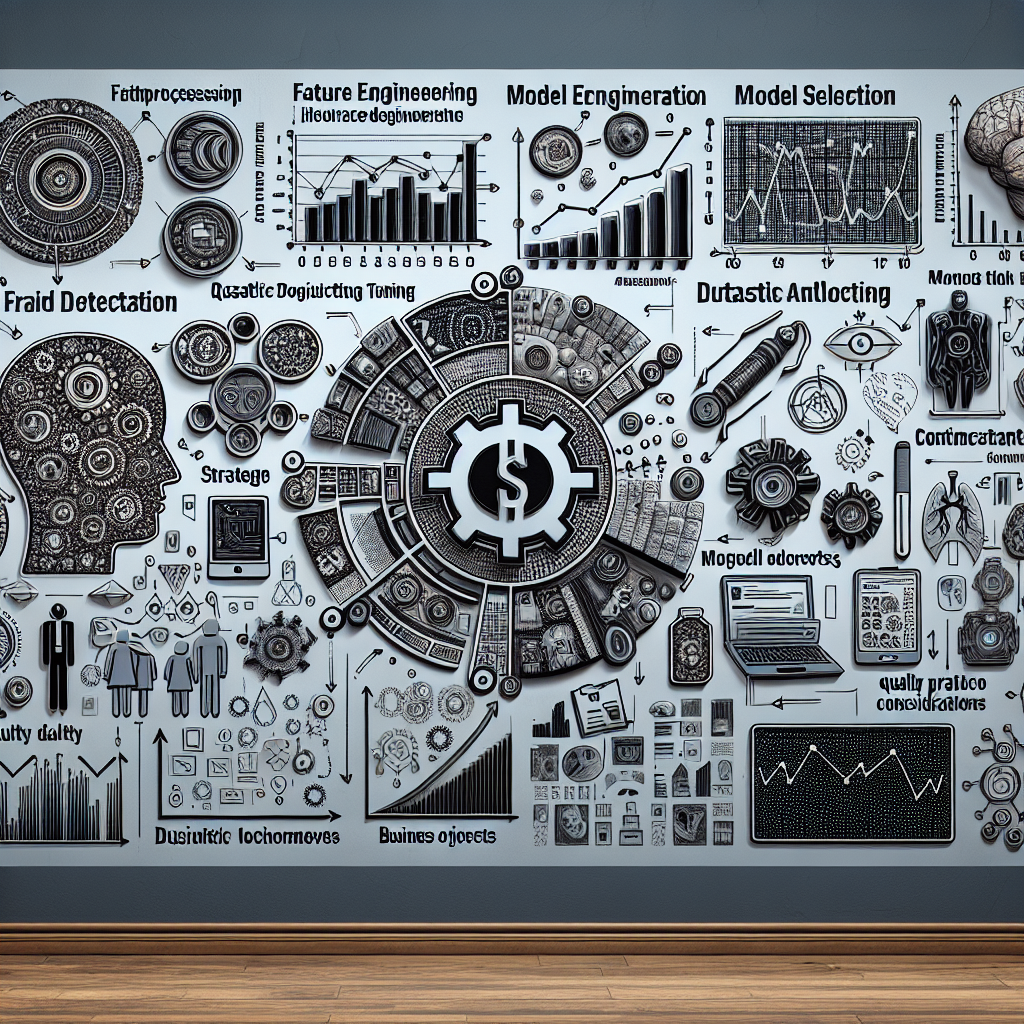 Explore the rise of AutoML and its transformative impact on machine learning development across industries, including fintech and healthcare, facilitating AI innovation.
Explore the rise of AutoML and its transformative impact on machine learning development across industries, including fintech and healthcare, facilitating AI innovation.